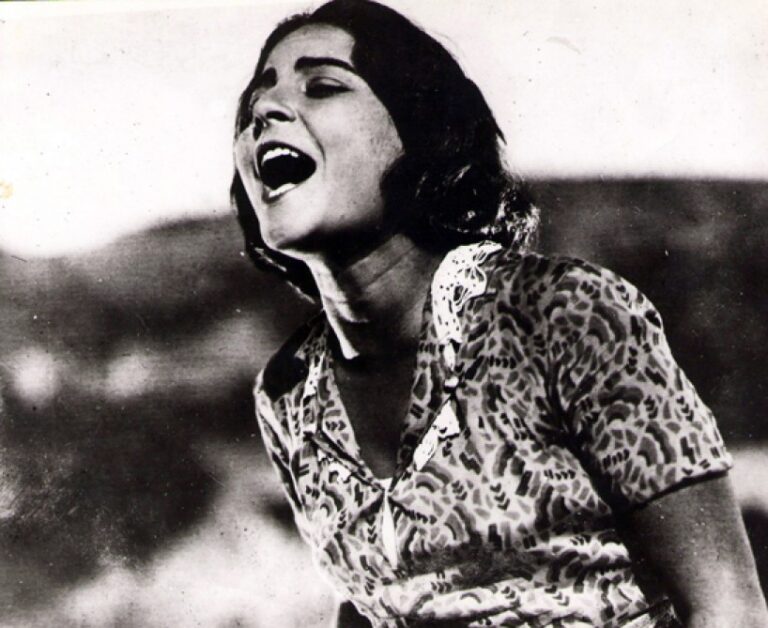


Ivette Löcker: Our Time will come

The winner of the Documentary Competition of the 2025 Sarajevo FF.
I had not heard about this film before, even if it was at the Berlinale. And to be honest, when I read the synopsis, I thought “ok, here is another film on racism”, I hope it goes deeper than all the well meaning reportage-like tv documentaries. It did.
Again this shows the skills of a good director, who decided to stay with her protagonists for a year in a mix of direct and arranged documentary cinema and yet it is obvious, that the director has been looking for and found, with the help of the protagonists, the white woman and the black man, the scenes that gave us viewers a rich film, emotionally and rationally. I use these words, also because they correspond to how Victoria describes the two: I am the rational, Siaka the emotional. Will this match work? Siaka is the one, who suffers, for more than 20 years, since he left Gambia and his family, that is constantly in his thoughts, for them it is a question of survival, he says and we understand that the couple – they are married – send money to help. We understand the cultural differences between Victoria’s Austria and Siaka’s Gambia.
I want to be happy and I will be with my wife and my child. He talks like that, also before the two become parents and after they have been to Gambia to celebrate their marriage.
What should be in the film? There is a very intense conversation set up by the director, where Victoria argues that there should be more good moments in the film, whereas Siaka thinks that the pain must be there, and he is the one talking about “we”, the viewers should understand what it means to be a migrant, in this case a black man in a white country, where the institutions, the system is not really with you – I am writing this from Denmark, a country with hard rules for foreigners, to say the least. Understandable. The ambition of the film obviously is to reach a wide audience, so it also includes scenes from Victoria’s family, a lovely grandmother there is, her divorced parents. This is maybe a bit too much so I am happy to
… mention my favourite scenes, which take place in the backyard of building where the couple lives. Siaka helps another resident to renew their common garden. He does, he is very nice to her, she is very nice to him… but don´t make a BBQ! We have to understand and help each other. Fight racism!!!
Austria, 2025, 105 mins.








